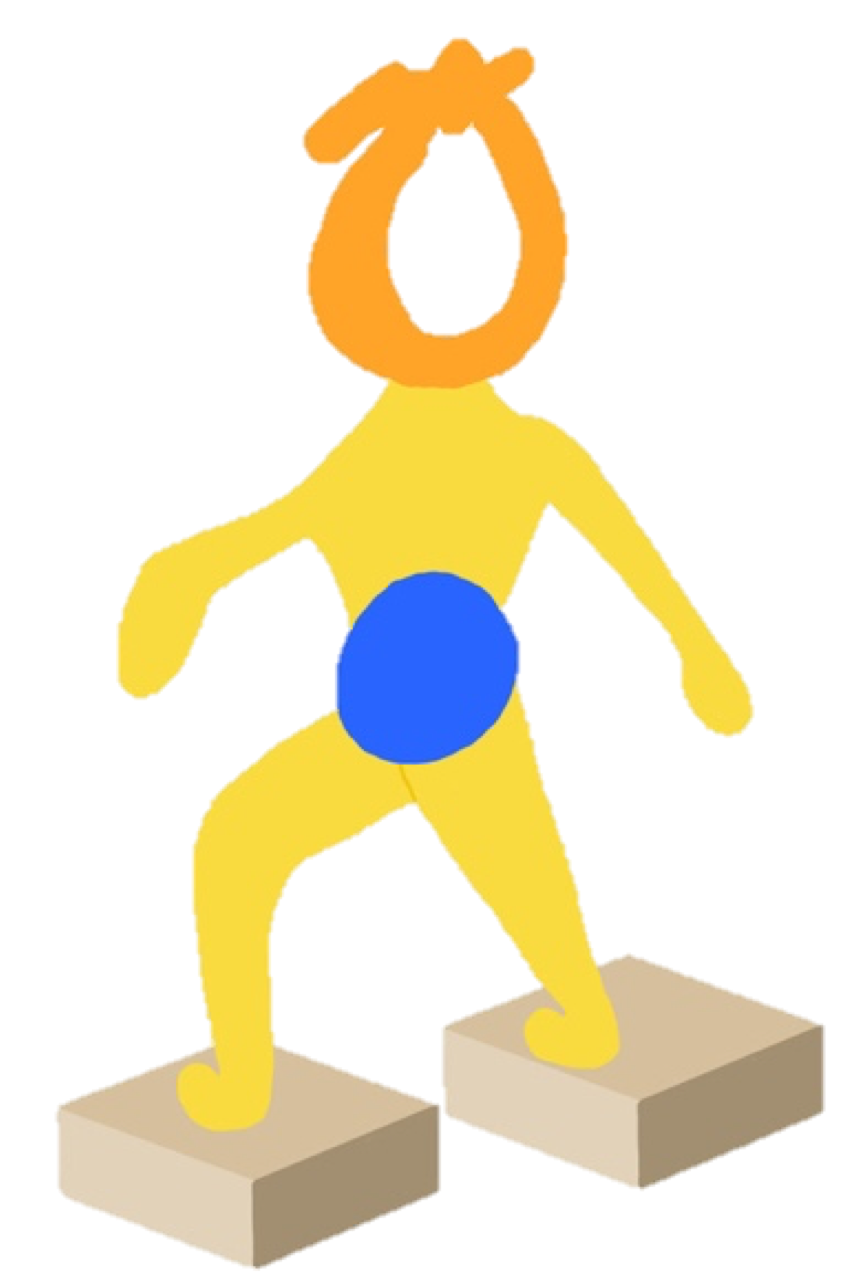DMI - Dynamic Movement Intervention
We provide Dynamic Movement Intervention (DMI) for at-risk infants and young children experiencing delayed motor development. The goal is to gain body control by exposing the child to gravity and to stimulate the postural control centers of the brain. This is done through a series of well developed and practiced exercises - head control exercises, transitions through rolling, learning to sit and stand, early walking skills, and for negotiation of steps and common barriers. Our therapists provide as little support to provoke postural responses while the child works to gain control and balance.
The original therapeutic protocol was developed by Ramon Cuevas, a physiotherapist from Santiago, Chili. He called it Cuevas MEDEK Exercises (CME); a series of postural control exercises for at-risk children with Down Syndrome and other developmental delays. MEDEK is the Spanish acronym for Metodo Dinamico de Estimulacion Kinesica, or in English, Dynamic Method of Kinetic Stimulation. DMI was developed Jake Kreindler, M.Sc. PT, and Jo-Anne Weltman, B.Sc. PT, MRSc. Dmi is a psychomotor form of physical therapy for infants and children experiencing delayed motor development. The overarching goal of DMI Therapy is to develop functional motor control in order to achieve the maximum level of motor independence. However, in order to achieve milestones such as independent sitting, standing and walking, a child must first possess the ability to extend their body against gravity. We help the child work to develop anti-gravity extension by challenging the neuromuscular system. This is achieved by holding the lowest point of contact on the child's body that is tolerated and yet providing appropriate support for balance. By doing so, the body segments are exposed to the influence of gravity and the brain's automatic responses are provoked to create new motor connections that the child had not previously been able to control.
The following information best describes how we think about DMI therapy:
1. DMI provokes the appearance of absent motor functions
Free sitting, kneeling, standing, stepping, and negotiating small obstacles without hand support.
2. DMI provokes automatic postural control without thought
Postural reactions that are independent of the child’s cooperation or conscious participation.
3. DMI exposes the child to gravity
Exposure to gravity stimulates sensory receptors that work to produce postural motor reactions.
4. DMI uses distal support
Specific exercises are used with distal grasp in order to place the child against gravity to provoke the sensory systems to recognize the posture and react accordingly.
5. DMI uses dynamic exercises include range of motion, functional antigravity posture and weight bearing
6. DMI can disturb the child that is sensitive to certain new postures and movements
A child with special needs tends not to adapt as quickly when confronted with new biomechanical experiences, because the immature developmental condition lowers their threshold of emotional tolerance.
7. The goal of DMI is to help absent motor functions appear
Two or three absent motor functions are chosen as primary goals to achieve within an 8 week period.
The program is taught to the family and is to be completed at home twice a day, 5 days a week.
8. An evaluation is used to explore the standard motor reactions of the child during the first 16 months of age
If the child is not able to have the following control at these ages they are considered at-risk.
5 months head control
9 months trunk control
11 months supported standing and cruising
14 months free walking
16 months free standing up from the floor







